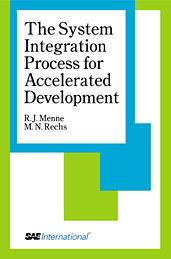Technical Paper
2-Butanone Laminar Burning Velocities - Experimental and Kinetic Modelling Study
2015-09-01
2015-01-1956
2-Butanone (C4H8O) is a promising alternative fuel candidate as a pure as well as a blend component for substitution in standard gasoline fuels. It can be produced by the dehydrogenation of 2-butanol. To describe 2-butanone's basic combustion behaviour, it is important to investigate key physical properties such as the laminar burning velocity. The laminar burning velocity serves on the one hand side as a parameter to validate detailed chemical kinetic models. On the other hand, especially for engine simulations, various combustion models have been introduced, which rely on the laminar burning velocity as the physical quantity describing the progress of chemical reactions, diffusion, and heat conduction. Hence, well validated models for the prediction of laminar burning velocities are needed. New experimental laminar burning velocity data, acquired in a high pressure spherical combustion vessel, are presented for 1 atm and 5 bar at temperatures of 373 K and 423 K.

